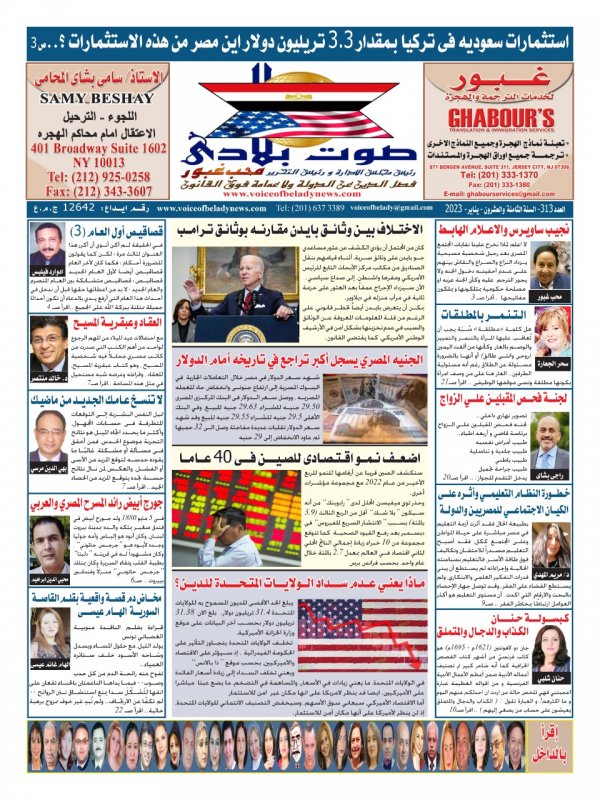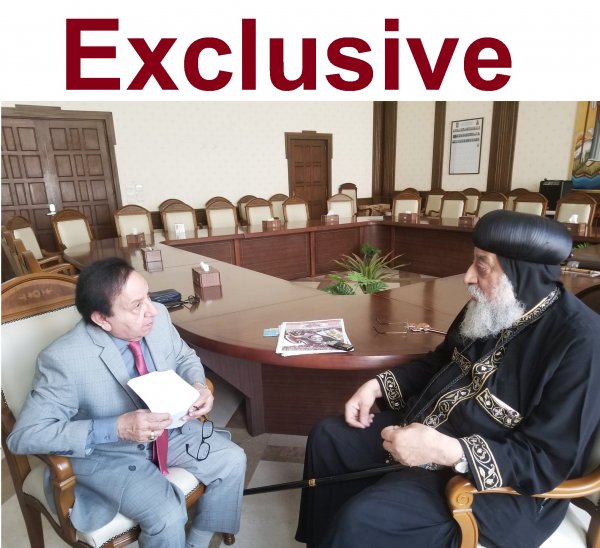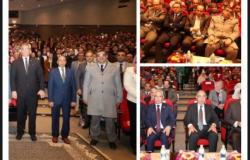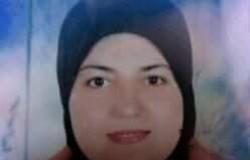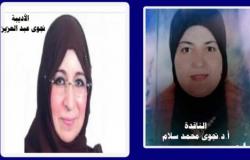This treaty was signed on April 4, 1949, in Washington, between the United States of America, Canada, Belgium, Denmark, France, and Italy.
Luxembourg, Netherlands, Norway, Portugal, United Kingdom, Iceland, Turkey and Greece joined in 1952. In 1955, the former West German Federal Republic became a working member of the Alliance in accordance with the Paris Agreements of October 1954.
In fact, the North Atlantic Treaty Organization is a major Western military alliance led by the United States of America. The roots of the alliance go back to World War II. It came into existence following the intensification of the Cold War and the intensification of conflict between the socialist group
Led by the Soviet Union and the Western camp in Europe. The desire of the United States to confront the growing Soviet influence after World War II.
West Germany in the alliance was initially objected to by France and Britain. However, American diplomacy was able to overcome obstacles in 1954. Through a series of treaties known as the Paris Agreements.
In 1952, the Alliance turned into an international organization based in Paris. The Alliance has a council, a military apparatus, and a general secretariat headed by the Secretary-General who supervises its administrative apparatus. The Alliance Council meets at the ministerial level at least three times a year.
As for the military apparatus, it consists of multiple military commands. Each command of an armed army is subject to reserve forces that are placed at the disposal of the commanders in the event of an attack or a request for this alliance command, in addition to the forces maintained by member states under their command.
In the sixties, during the rule of General de Gaulle. France developed its own striking atomic force and withdrew from the alliance.
However, the French position gradually changed after the departure of de Gaulle
France returned to the fold of the alliance. One of the disadvantages of this alliance is that it increased tension in Europe and the world and led to the spread of the phenomenon of military alliances.
The Treaty of the Alliance included a preamble and fourteen articles. The preamble to the treaty stated that the states parties renew their covenant and confidence in the principles and objectives enshrined in the Charter of the United Nations and affirm their desire to live in peace alongside all states and governments.
It declares its determination to preserve its freedom, civilization and common heritage, and its values based on the principles of democracy and freedom over the security and peace of the North Atlantic region.
The contracting parties have pledged in the text of Article 1 of the Treaty of the Alliance to refrain from the use or threat of use of force in any manner inconsistent with the principles and objectives of the Charter of the United Nations
It also pledged to work on settling its international disputes properly.
Article 4 stipulates the principle of collective consultation in cases where it is believed that there is a threat to the regional entity, the independence or the security of any country.
As for Article 5, which is considered one of the most important of all these articles, it stipulates that any armed aggression against any of the countries of the alliance is considered an aggression against all the allied countries, and in this case they must take what they deem necessary of collective measures.
to resist aggression.
As for Article VI, it specified the area covered by the Alliance's intervention by stating that it is the territories of the Contracting States in Europe and North America.
Article VII of the Treaty affirmed the continued recognition of the authority of the Security Council by the allied countries as the first body responsible for protecting international peace and security.
Article Thirteen stipulates that after the expiry of twenty years from the entry into force of the Treaty, any of the contracting parties may withdraw from it, and that will be after one year from submitting a notification in this regard to the United States government, which, on its part, shall notify the other allied countries of this desire.
As for the main organs of the North Atlantic Treaty Organization, it can be said that these devices are of two types.
Military devices and civilian devices, and these devices can be summarized as follows..
The NATO Council..which is the supreme authority responsible for setting the policies of NATO. It coordinates in the council all the member states of the alliance. Council meetings are usually attended by the ministers of foreign affairs, defense and finance in these countries.
The Military Committee, which is the supreme military authority in the alliance, and consists of the chiefs of staff in the allied countries, with the exception of Iceland, which has no armed forces
The Military Committee meets at least twice a year at this level. In addition to that, there are continuous meetings between the permanent military representatives of these countries, and they have the authority to issue decisions on military issues that require disposition in one way or another.
As for the current conditions of this military organization, there are those who believe that NATO has managed to achieve a very high level of coordination and centralization.
Even if it did not achieve that degree of integration that would elevate it to the level of supranational organizations
One of the latest developments of the alliance recently
NATO Secretary General Jens Stoltenberg stated that NATO is still ready for dialogue with Russia, and Stoltenberg said at a joint press conference with the French Foreign and Defense Ministers in Paris: “This crisis requires a political and diplomatic decision and a settlement, and we welcome the dialogue between Presidents Joe Biden. and Vladimir Putin, as well as with efforts to hold a new meeting in the Normandy format, because dialogue becomes more important when tension increases."
. added
"Our proposal for dialogue within the framework of the Russia-NATO Council is still valid."
It is noteworthy that the Secretary-General of the North Atlantic Treaty Organization (NATO), Jens Stoltenberg, announced that the alliance supports the resumption of the work of the Russia-NATO Council, in order to serve the discussion of the situation in Ukraine within its framework.
"I think we should use all tools and platforms to deal with Russia," the Secretary of the Alliance added - during a video conference, according to the Ukraine Press Agency of Ukraine.
Stoltenberg added that within the framework of the council, meetings could be held between Russia and members of the Russian Federation




 رئيس التحرير يكتب : من التراب وإلى التراب يعود .. تحويل جثث الموتى إلى سماد عضوى
رئيس التحرير يكتب : من التراب وإلى التراب يعود .. تحويل جثث الموتى إلى سماد عضوى
 رئيس التحرير يكتب : لماذا تصر الحكومة على استمرار شريف أبو النجا رئيسا لمستشفى 57357 رغم الشواهد العديدة على فساده
رئيس التحرير يكتب : لماذا تصر الحكومة على استمرار شريف أبو النجا رئيسا لمستشفى 57357 رغم الشواهد العديدة على فساده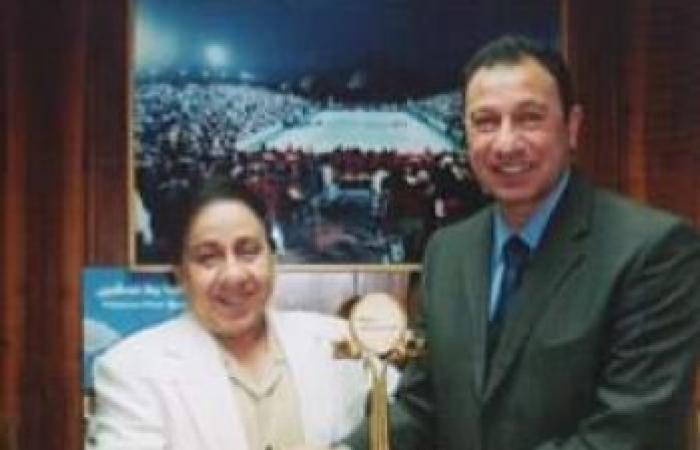 اقرأ في العدد الجديد ( عدد يناير ٢٠٢٣ ) من جريدة صوت بلادي
اقرأ في العدد الجديد ( عدد يناير ٢٠٢٣ ) من جريدة صوت بلادي
